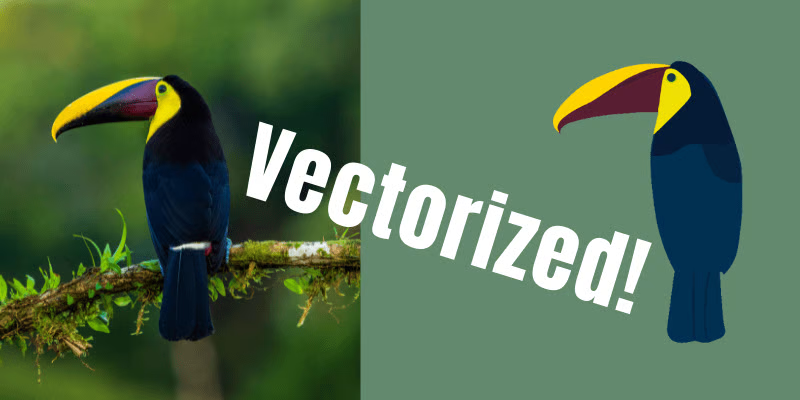Convert a Bitmap to a Vector image in Illustrator
Converting a Bitmap to Vector Illustrator, like Adobe Illustrator, is a basic skill for graphic designers who are specifically demanding to ensure that their graphics are able to convert without loss of quality. Bitmaps, like raster images, which particularly place pixels. Vector images are composed of paths having numerical equations. This whole process includes tracing Bitmap to make a vector, which can be modified, scaled and edited very easily.
1: Bring the Bitmap into IlIllustrator
Start by opening Illustrator, like Adobe Illustrator, and making a new document. To bring the bitmap image that users want to convert, then go to File > Place, then choose the image file from your desktop. The image will be visible on your computer. Assure that the image is chosen before proceeding to the next step.
2: Open the image find panel
Start this step by choosing the bitmap, searching the window menu categories, and choosing image find to open the image find panel. This panel mainly provides various presents and customised settings options that control how to bitmap find into vector paths. Illustrator provides high-quality photos, 3 colours, 6 colours, grey shades, and black and white shade options.
3: Choose a Predetermined Options
Vary on the criticality and style of the images; select an adjustable preset. Because of a photographic image, users want to use high-quality photos for an easier vector. For logo design, grey art will be suitable. Experience with various determine to see which is the perfect image.
- Low-exactness photo options can easily make an easily typed vector image, leasing details, and a number of ways
- Then convert the image into a black-and-white combination vector, which is perfect for logistics design and other graphics design.
- This option moves the images into a range of grey shades.
- These options deduct the image to an amount of numbers of colours, making a posterised shading.
- Adjustments at the beginning control how much information is excluded; high-quality threshold consequences in more information. Control how closely the found paths follow the real pixel lines.
- Then adjust the quality of corners in the found image.
- Simplify the image by refusing small, irrelevant details. Make sure the preview box is visible so users can see how the changes images. This helps to experience vector looms, right?
4: Modify the Vector
- By default, the find vector is put in a group go to objects ungroup to divide the paths. This will help you manipulate each component of the vector.
- Use the selection tools to select and edit each path. You can modify colours, shapes, and other components of each vector.
5: Save the work
This whole process saves as a format for future editing purposes and then chooses an appropriate format.
Conclusion: Converting a bitmap to a vector image in Adobe Illustrator is a way that includes funding the bitmap to make paths. By utilising the image, the find tool can handle how detailed is stored in the vector version.

